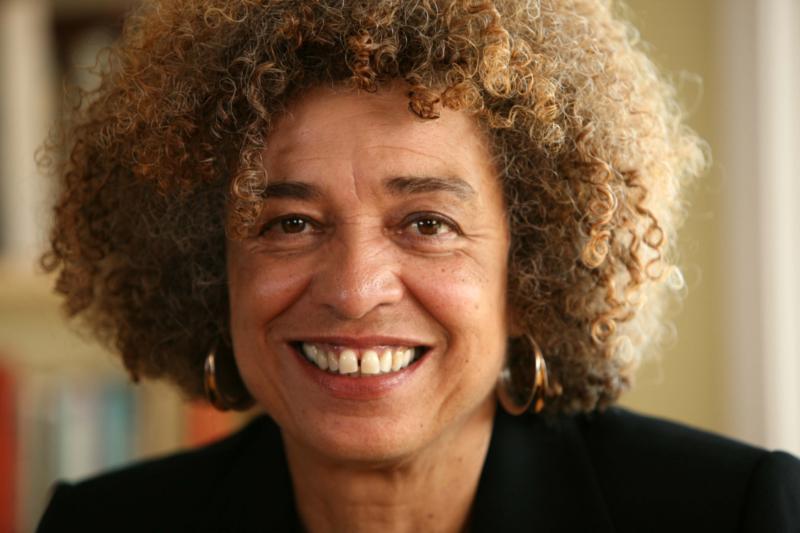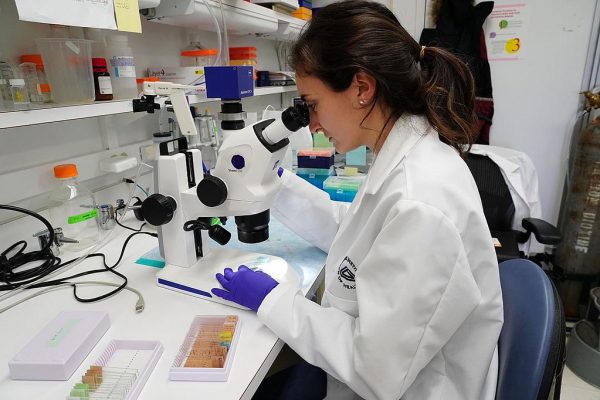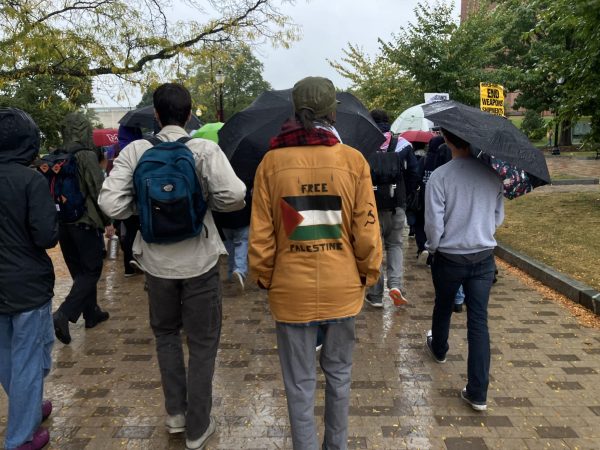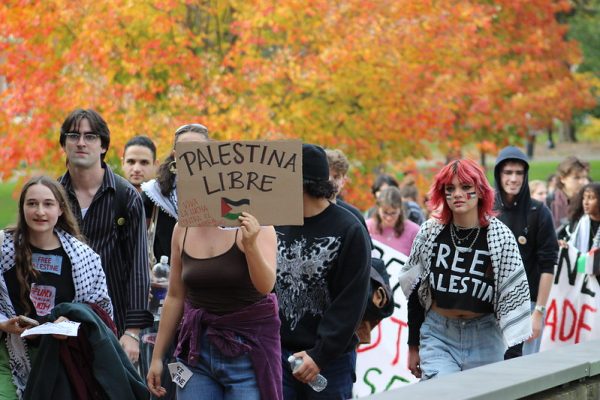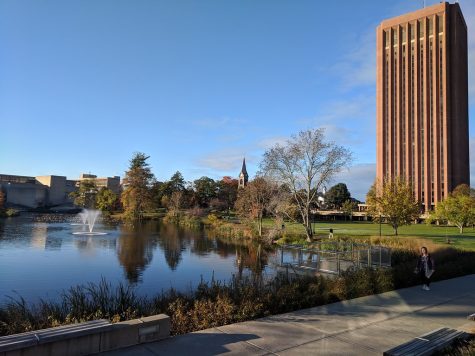Globalizing the struggle: Angela Davis talks social media and social justice
Photo credit: UMass Amherst Calendar of Events
The large Fine Arts Center auditorium at the University of Massachusetts Amherst was brimming with people by 7 p.m. on Monday night. Students, faculty, and members of the Amherst community took their seats, hugged one another and erupted in excited chatter before the main event began. The suspense was like catching a fever; as the room grew warmer, more people caught it and came inside. Everyone awaited civil rights activist, author, and professor, Angela Davis. Her lecture, “Sustaining Social Justice Movements and Intersectional Struggles,” moved the crowd to laugh, snap, clap, and cry out from the audience. The term “lecture” should be used loosely, because the forum’s interactive style was more like a rally than a typical, overcrowded gen-ed class.
The social justice talk covered the ways race, gender, and sexuality impacted social movements. Dr. Davis referred to mass incarceration, the conflict with Israel and Palestine and the Black Panther Party Movement that could perplex anyone who wasn’t already familiar with Davis’ work. She made many connections that, arguably, needed more time for explanation, but the crowd only had her for about an hour and a half.
Davis said it was an “auspicious” time to talk about social justice and talked about how technology helps globalize social movements. She began her talk with a twist.
Davis’ presence was ironic. A black woman wearing a fro, a statement on embracing African roots by some members of the natural hair movement, at a predominantly white university that struggled with diversity the past year. She stood behind a podium, with the University of Massachusetts school emblem on it, facing the crowd; the emblem includes the state flag with a Native American figure in the middle. She smiled at the applause, revealing the gap between her teeth as everyone stared back in awe; here was a woman who had lived during the 1960’s that people saw on posters and in black and white photos of the Black Panther Party movement.
“I always like to begin my public presentations by acknowledging the indigenous on whose historical land we convene,” Davis said, “and reminding all of us that we should commit ourselves to act in solidarity with Native American struggles for justice and sovereignty today.”
The underlying theme of Davis’ talk was this solidarity. Davis said social media has helped activists stand in solidarity with other causes and has expanded the way society thinks about racism, sexism and violence. Communities of color could use social media to share their experiences and organize for social change. According to the Pew Research Center’s recent survey, online communities of color exist, but vary by race and social media platform. For example, in 2014, the center said 38 percent of the black community uses Instagram and 27 percent use Twitter.
The teacher and activist related the use of social media for social justice to Palestinians and protestors in Ferguson, MO that brought young activists together.
“Palestinian activists who saw on social media images of the same tear gas canisters [in Ferguson, MO], canisters used against them in Gaza — they tweeted out really interesting advice, and that was the beginning of an amazing relationship,” said Davis.
She continued: “Black lives matter, women’s lives matter, Native American lives matter.” She reiterated the need for solidarity among marginalized groups. Davis named Alicia Garza, Patrisse Cullors, and Opal Tometi who started #BlackLivesMatter, as an example of social movements via social media. The hashtag illustrates how women of color and other marginalized groups have sought transformative justice together, on and off the internet.
Davis also said women were at the forefront of movements against violence and mass incarceration. She attended a conference in Chicago that discussed new strategies to organize for social justice, but many young activists she knew now were too young to attend the conference. Ideas at the last conference in 2005 started by an organization called INCITE, were recycled and revisited by younger women bloggers, writers and activists.
Davis said, “These connections would not have been so easily developed in the pre-social media era, and they allow us to understand how we can harness these new technologies, how we can really make use of them.” She continued: “We can use social media to grow more effective and richer movements.”
Audience members were nostalgic for the 1960’s, but Davis assured the crowd that another phase in the movement against racism has begun: the age of social media movements.
Nia Decaille can be reached at ndecaill@umass.edu or follow her on Twitter @duhcaille.

